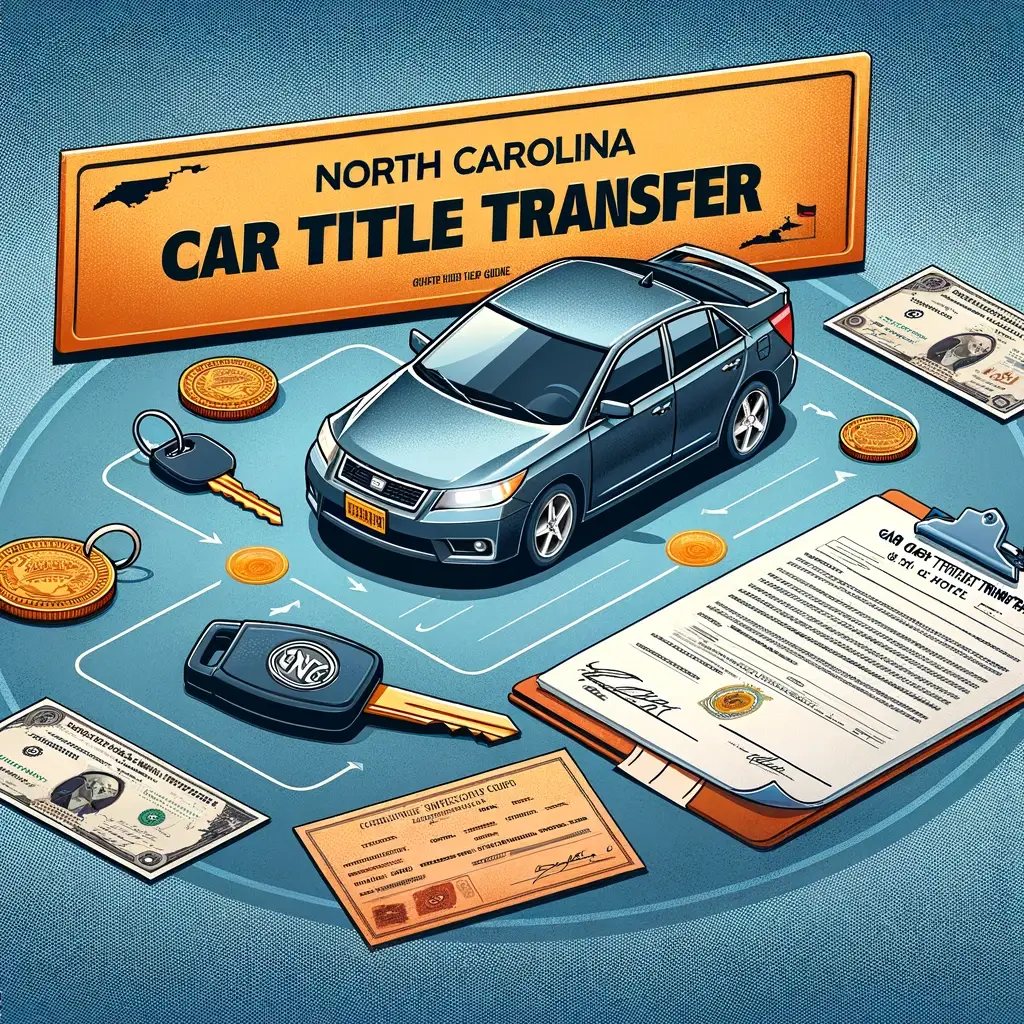In this article, we will delve into the intricacies of the Virginia title transfer process, providing you with a comprehensive guide to make this procedure seamless and efficient. We understand the importance of a hassle-free title transfer when it comes to vehicles, and our aim is to equip you with the knowledge and steps required to outperform competitors in the online sphere.
Understanding the Virginia Title Transfer
Before we dive into the details, it’s crucial to have a clear understanding of what a Virginia title transfer is. When you buy or sell a vehicle in Virginia, the title transfer is a legal process that ensures the change of ownership is documented correctly. This process is essential for various reasons, such as establishing legal ownership, registering the vehicle, and ensuring the new owner is responsible for any taxes or fees associated with the vehicle.
The Key Steps in Virginia Title Transfer
Step 1: Gather the Necessary Documents
To initiate the title transfer process smoothly, it’s imperative to have all the required documents in place. These include:
- The current vehicle title signed by the seller.
- A bill of sale, which serves as a receipt of the transaction.
- A completed Application for Certificate of Title and Registration (VSA 17A).
- Proof of identity and residency.
- Proof of insurance.
Step 2: Visit the DMV or Online Processing
Virginia offers both in-person and online options for title transfer. You can visit a local DMV office or utilize their online platform for added convenience. Be sure to check the eligibility criteria for online processing, as not all transactions can be completed online.
Step 3: Pay the Applicable Fees
Title transfer comes with associated fees, which vary based on factors such as the vehicle’s value and type. Ensure you have the necessary funds to cover these costs.
Step 4: Complete the Title Transfer Application
Whether you choose to visit the DMV in person or complete the process online, you will need to fill out the Title Transfer Application. Double-check all the information to avoid any delays in the process.
Step 5: Receive Your New Title
Once all the necessary steps are completed, you will receive a new title in your name. This confirms the successful transfer of ownership.
Common Pitfalls to Avoid
During the title transfer process, there are some common mistakes and pitfalls to be aware of to ensure a seamless experience:
- Incomplete Documentation: Failing to provide all the required documents can lead to delays and complications.
- Incorrect Information: Ensure all the information provided is accurate and matches the documents.
- Outstanding Fees: Make sure there are no outstanding taxes or fees associated with the vehicle.
- Delays in Submission: Timely submission of documents is crucial to avoid penalties.
Conclusion
In conclusion, mastering the Virginia title transfer process is essential for vehicle owners and buyers alike. By following the steps outlined in this guide, you can navigate the process with ease and confidence, ensuring a smooth transition of ownership. Remember to gather all necessary documents, pay the applicable fees, and complete the title transfer application accurately. By adhering to these guidelines, you can confidently outperform competitors in the online sphere, providing valuable information to those seeking guidance on the Virginia title transfer process.









